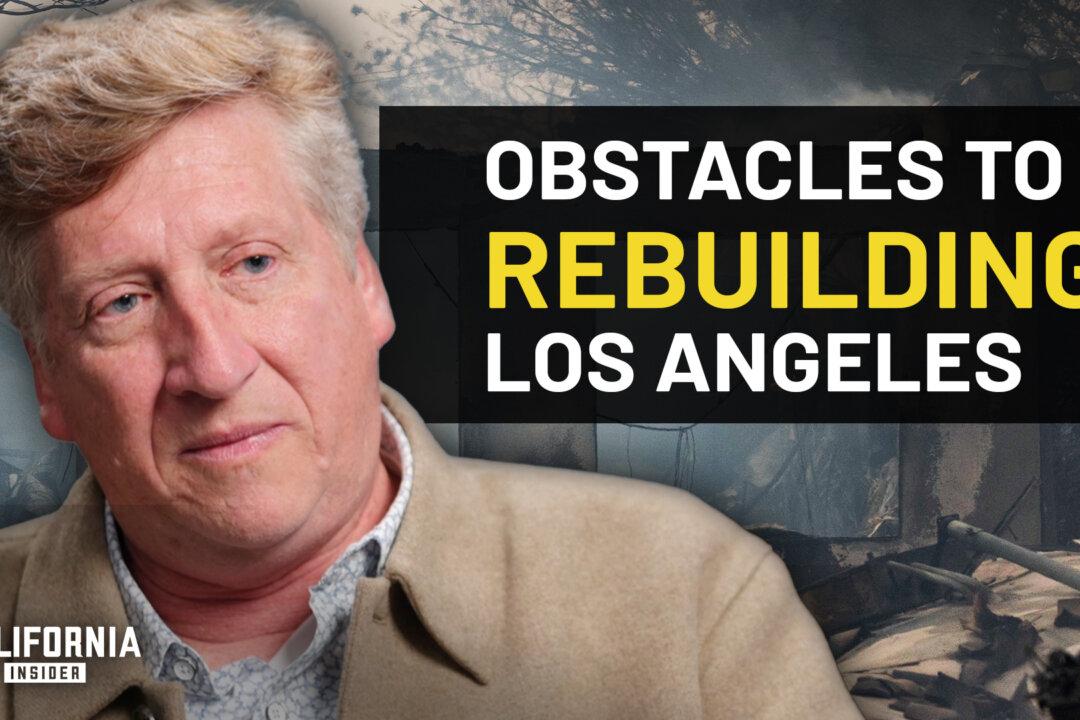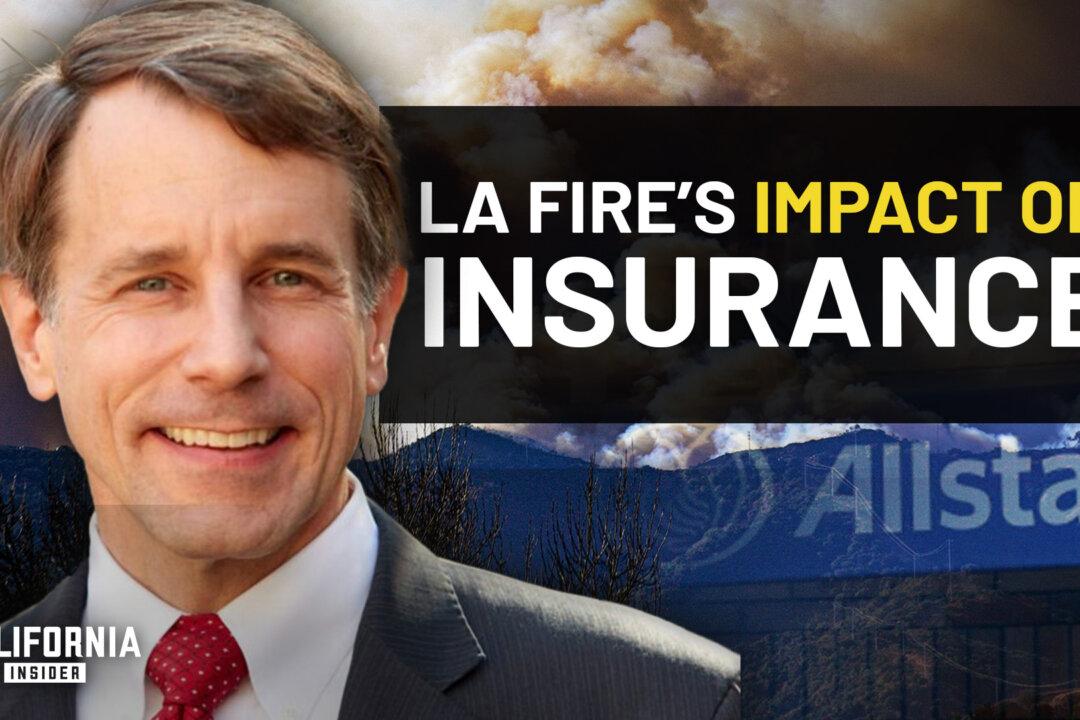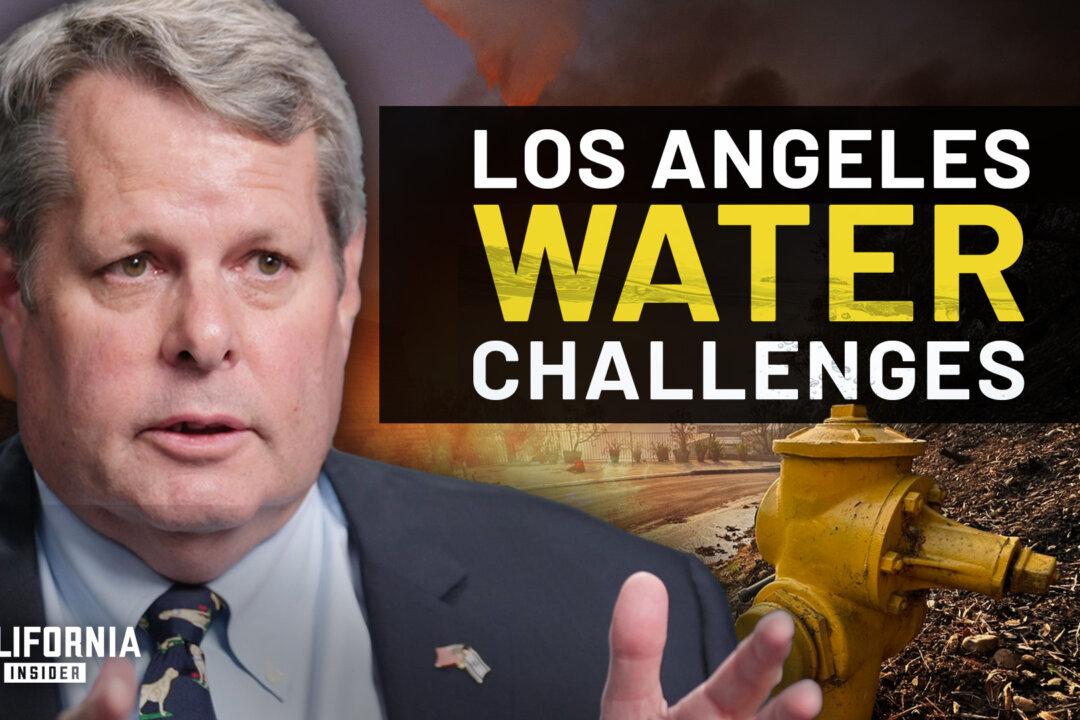In a recent discussion on California’s gas prices, government relations expert Russell Lowery provided insightful analysis into the many factors that contribute to the state’s high costs at the pump. Lowery outlined how California’s unique gasoline regulations have created a tight supply market that is vulnerable to price spikes when disruptions occur.
OPINION: Why Are Gas Prices So High (And Still Rising) in California? | Russell Lowery

|Updated:
Most Californians are unaware of crucial topics and issues that directly impact their lives due to limited news coverage. While they may skim through headlines, they crave in-depth news analysis to uncover the underlying stories.
California Insider Opinion aims to fill this gap by providing viewers with essential information to comprehend the news and delve into the deeper issues behind the headlines.
This show not only covers vital topics and breaking news but also offers insights that are hard to find elsewhere. The innovative short-form video format sets it apart from other media outlets, making it a unique source of information.
California Insider Opinion presents a 10-minute video featuring experts and individuals with strong credentials who offer their opinions and insights, helping viewers grasp the news from a specialized perspective.
Author’s Selected Articles




